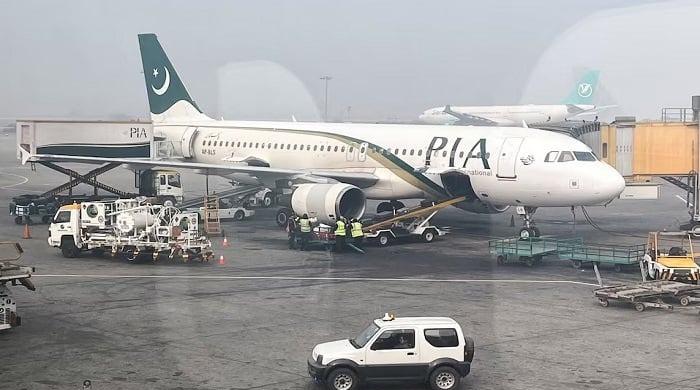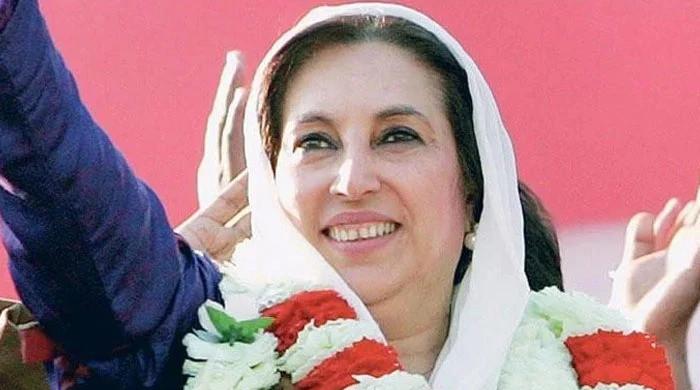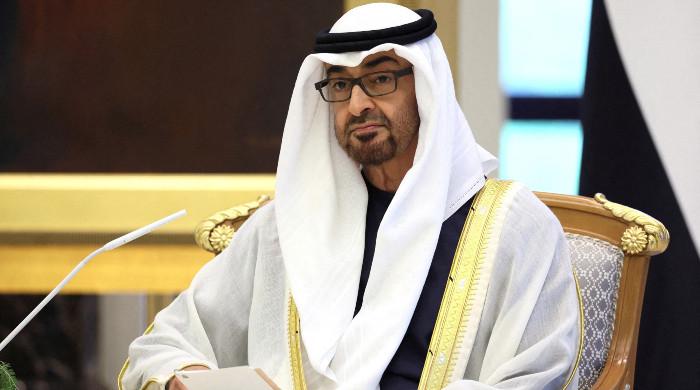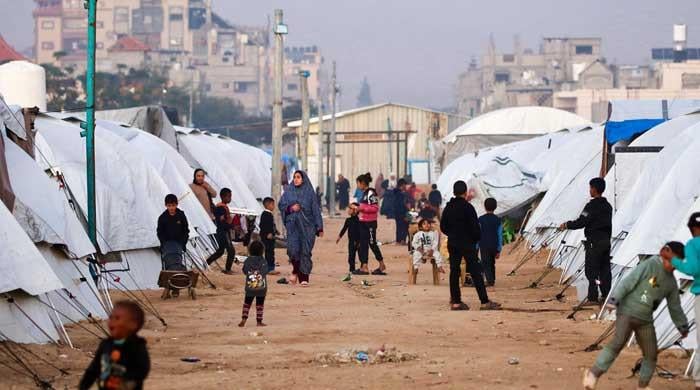Women are more vulnerable during natural disasters. Media, where are female voices?
It is said that natural disasters are equalizers. They don’t discriminate between class, religion and gender. That is not entirely true
August 27, 2022
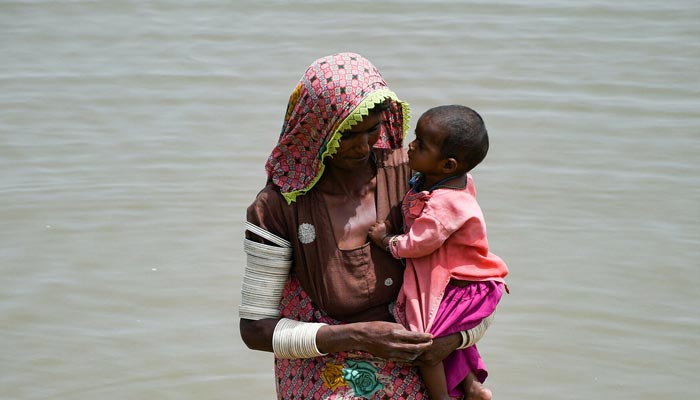
It is said that natural disasters are equalizers. They don’t discriminate between class, religion and gender. That is not entirely true.
In times of natural calamity, the poor, the disabled and women are more vulnerable and disproportionately affected.
Asako Okai, the United Nations Assistant Secretary-General, wrote in a blog recently that when “disaster strikes, women and children are 14 times more likely than men to die.”
Since July, Pakistan has been in the midst of a humanitarian crisis, as deadly floods ravage the country, affecting 15% of its population. To date, more than 900 people have died, around 2,800 km of roads and 130 bridges have been damaged, according to the official tally.
These figures do not give an accurate picture of how many women have been killed, injured and displaced. Moreover, coverage of women and girls is missing from mainstream media and social media. This is when women make up around 48.5% of Pakistan’s population.
The destruction of infrastructure will impact women more than men, as women spend more time at home, which means with so many homes damaged, thousands of women along with their children are outdoors. Now, being forced to remain in the open, and share space with strangers, could leave an impact on a woman’s mental state.
After the 2005 earthquake in Pakistan, which measured 7.6 on the Richter scale, some 2.8 million people were rendered homeless and 73,000 people were killed. As per estimates by rescue organizations, thousands of women were injured and killed in the disaster, and even more, were left with no roof over their heads.
During the 2010 floods, out of the nearly 20 million affected 85% were women and children and 500,00 were pregnant women, as per media reports.
After the current floods, with no roads, women would have to wade through muddy waters and heavy rain to complete basic chores, making them vulnerable to diseases and even assault. It is important to remember that there are still areas in Pakistan where women do not have access to health care facilities.
Also, young girls, who are separated from their families, could become victims of traffickers and other criminals.
This is the time for the media to highlight the plight of women, and the unequal effects of natural disasters. Arrangements can be made to send more female journalists into the field to tell stories of women and other ignored members of the population.
If the media focuses on such stories it could also help the authorities and rescue workers understand the different needs of the affected population. Such as the health needs of a pregnant woman, a growing girl or a mother.
Apart from this, over time, female lawmakers should rise above their political differences and develop a proper system which can improve the process of rescuing women in affected areas, by, for example, making it mandatory, at every level of the government, to have women-rescue personnel and a woman-friendly disaster management protocol.
— Lubna Jerar Naqvi is a Karachi-based journalist




